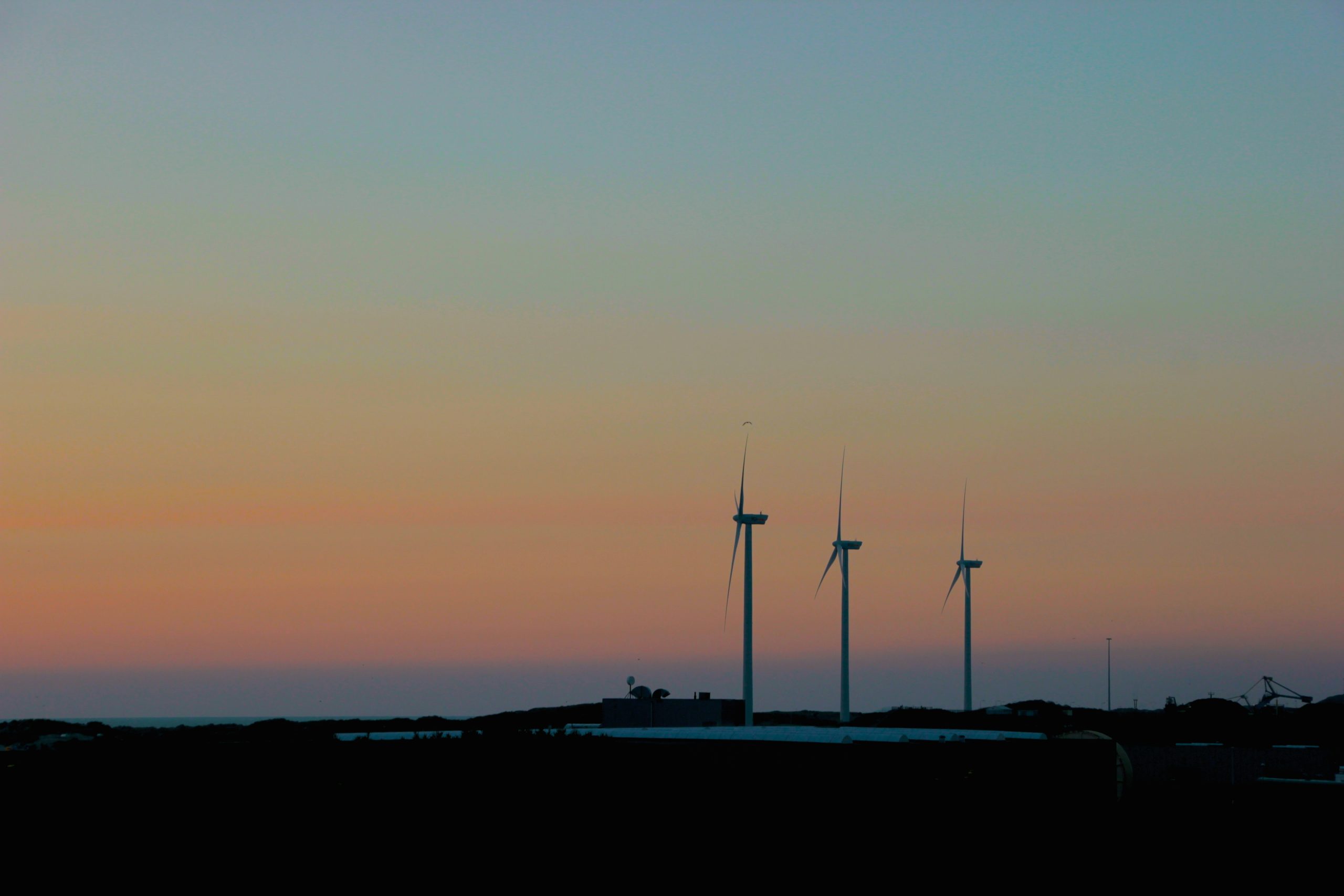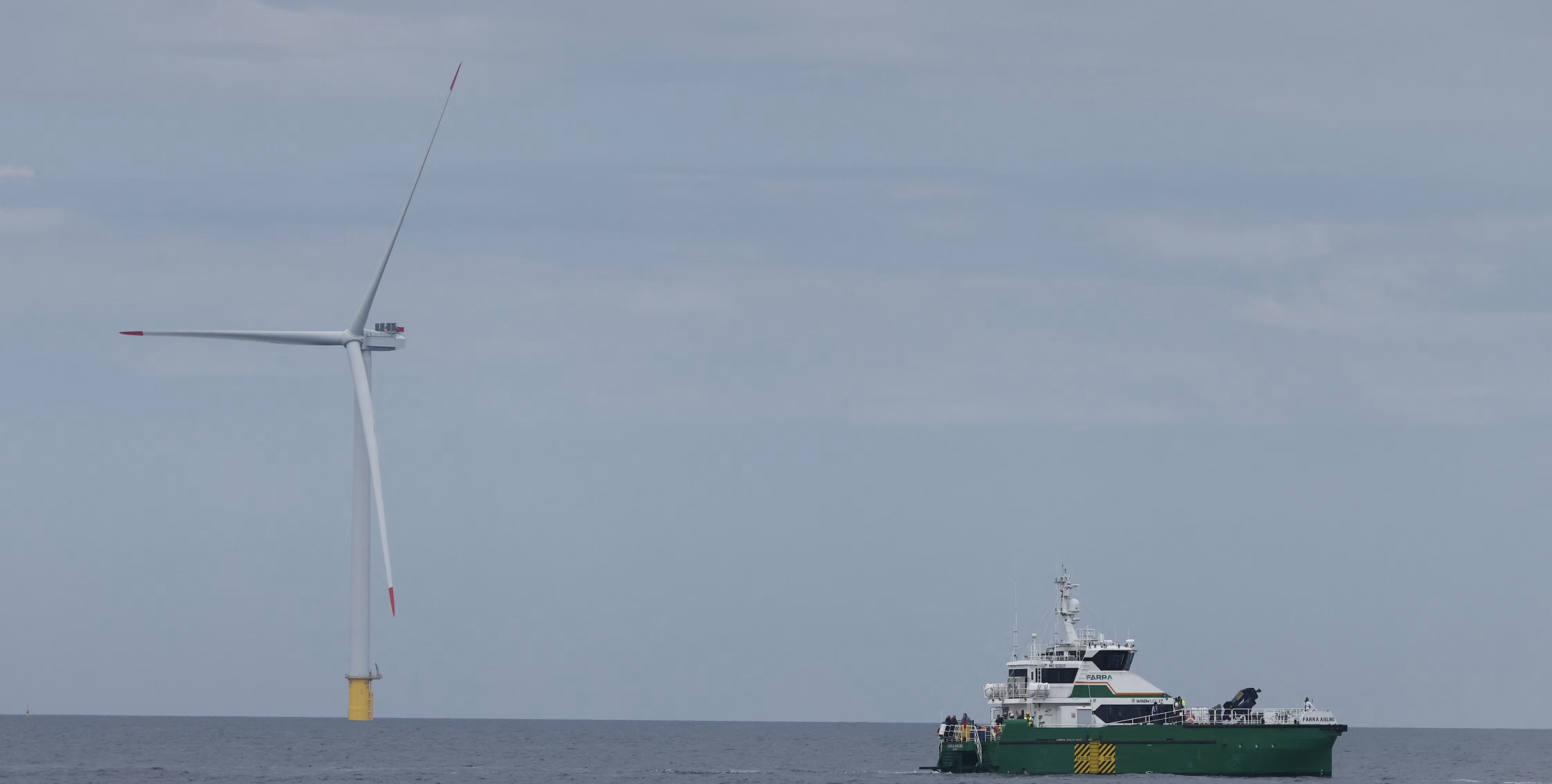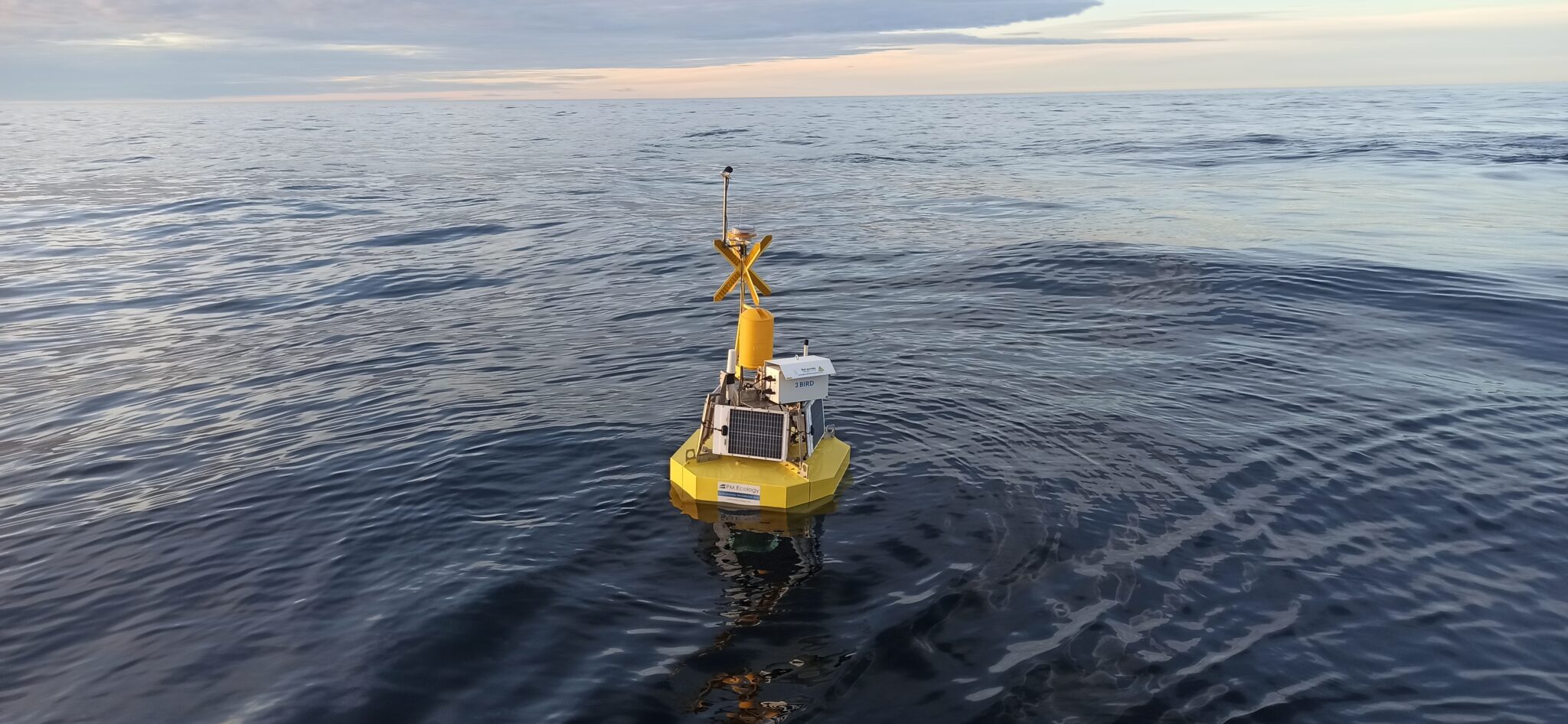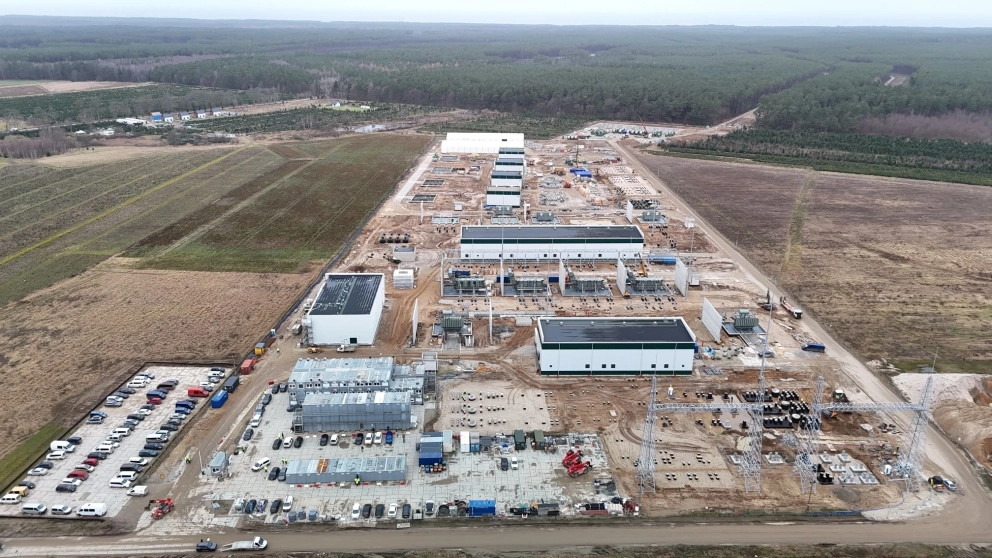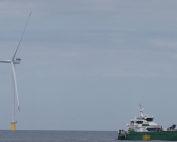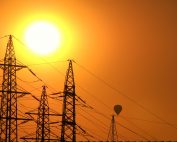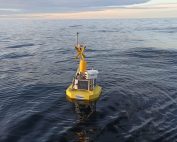As winter approaches, Fingrid, Finland’s electricity transmission system operator, has released an assessment of the nation’s electricity supply for the 2024–2025 winter season. According to Fingrid, Finland’s electricity supply should remain stable, provided there are no major disruptions in domestic production or electricity imports. However, the likelihood of short-term electricity shortages could increase if significant system failures occur.
Fingrid’s forecast indicates that on extremely cold and windless winter days, electricity consumption in Finland could rise to approximately 15,000 megawatts. Domestic production is expected to cover up to 12,000 megawatts, while the remaining 3,000 megawatts would need to be imported from neighboring countries, such as Sweden and Estonia. Even under severe conditions, with limited wind energy, the supply is expected to meet demand.
The critical factor in ensuring sufficient electricity is the reliable availability of domestic production. Fingrid’s analysis suggests that while the system could handle a single failure in a major production facility or cross-border connection, multiple simultaneous faults would severely strain the power supply. The growing dependence on weather-sensitive renewable energy, such as wind power, adds to this vulnerability, underscoring the importance of demand flexibility. This means electricity prices, which fluctuate based on market conditions, play an essential role in influencing consumer demand during peak times.
Fingrid highlights that while the overall outlook is stable, the system lacks significant flexibility to manage unexpected issues. Recent winters have demonstrated that electricity prices can effectively drive demand adjustments, but there is an urgent need for a cost-effective, targeted capacity mechanism to support supply and mitigate extreme price spikes during critical periods.
To prepare for potential challenges, Fingrid conducts detailed scenario modeling, evaluating electricity balance under different weather and system failure conditions. For instance, the company considers scenarios like extreme cold and low wind conditions—events that are rare but possible, occurring roughly once every ten years.
In summary, Finland’s electricity supply for winter 2024–2025 looks secure, provided key production facilities remain operational and imports from neighboring countries proceed smoothly. However, Fingrid stresses the importance of continued investment in domestic energy capacity and flexible demand management to address any potential disruptions and avoid severe price fluctuations.
